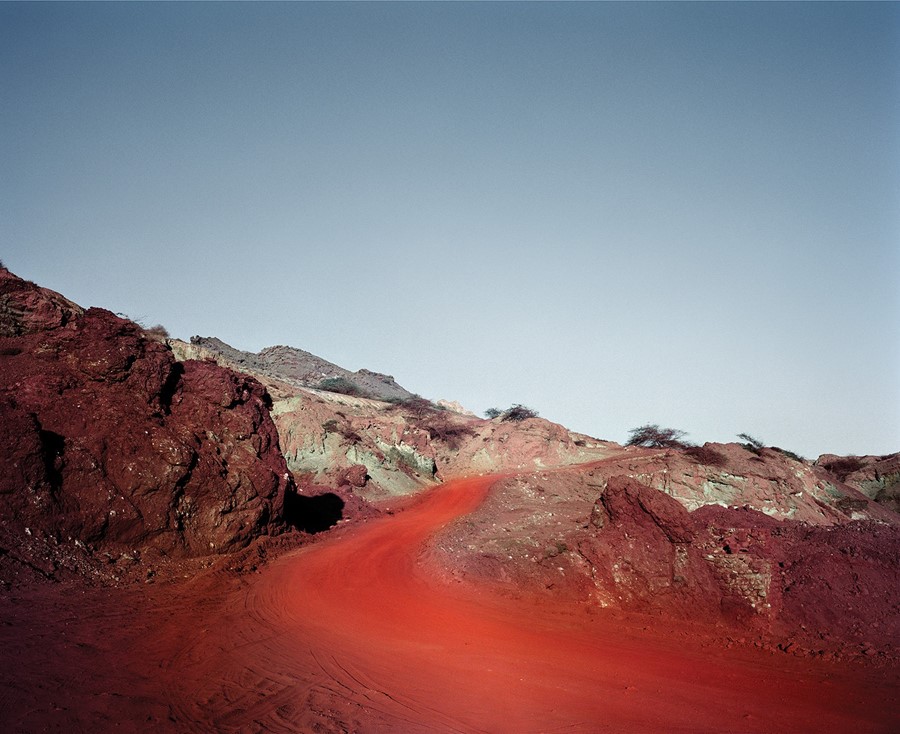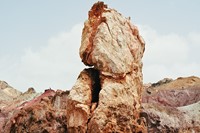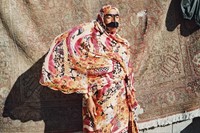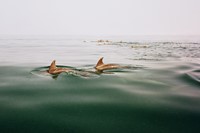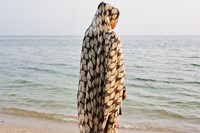In her MACK-published book Speak the Wind, the Iranian-born, Melbourne-based photographer captures the landscapes, people and rituals of the islands in the Strait of Hormuz
There is a belief on the islands in the strait of Hormuz, in the Persian Gulf, that the wind is capable of possessing people, causing them to fall ill. To treat this malady, the inhabitants of these islands perform rituals with drum music and poetry recitals in Arabic, Farsi or Swahili, depending where the wind blew in from. When Hoda Afshar first travelled to these islands in 2015, she wanted to document these rituals. But the Iranian-born, Melbourne-based photographer quickly became fascinated by the beliefs behind them and their ties to the Arab slave trade. Her project transformed into an attempt to photograph and make visible things that are invisible, such as belief and history. The result – a book titled Speak the Wind, published by MACK – is a subtle, layered, and emphatic portrait of the landscapes, people and rituals of these extraordinary islands.
Considering its theme, the book is eerily still. It reveals the dry and arid landscape of the islands, which is mostly sand coloured, with surreal touches of the volcanic mineral ochre, the reddish hues of which range from brick red to sumac burgundy. Only one image shows a palm tree waving in the wind; another shows a piece of cloth being blown away. The wind is instead suggested through its influence on the landscape of the islands of Hormuz and their people.
Three sections of the book are printed in black and white; these are dedicated to the unusual rock formations found on the islands, which are smooth in places and jagged in others. Some of these black and white pages are uncut at the top, leaving them attached to the following page, which creates a pocket between them. These in-between pages are not printed with photographs, but with drawings and quotes of people describing their experience of possession by the wind. The quotes are printed over several pages, as though they had been swept across: “one night, when I was asleep, it entered my body. I felt it … I could feel it whirling inside my skull … they will haunt you in your dreams if you don’t give them what they ask for”. Drawings of monstrous beings show through the photographs of the landscape. It is an unusual and ingenious design, which successfully suggests that the inhabitants of the islands of Hormuz are as shaped by the wind as the rock formations found there.
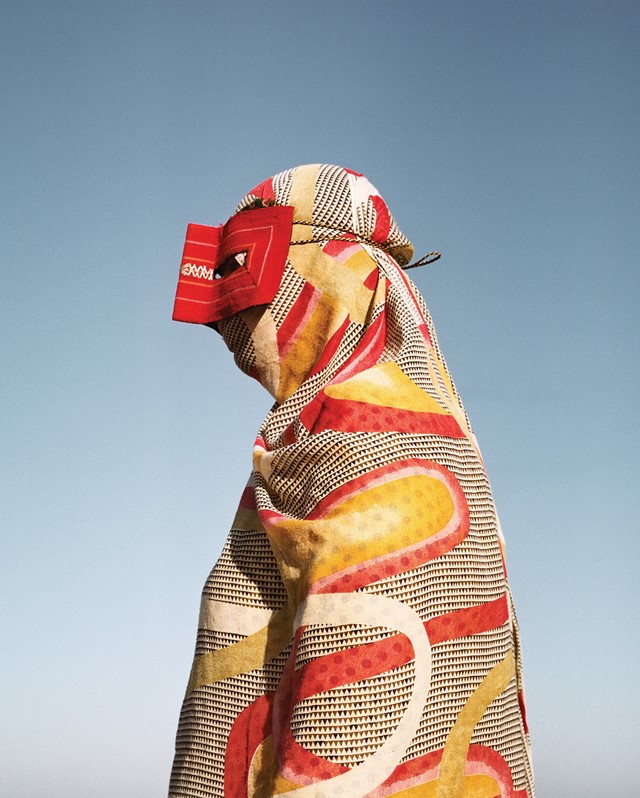
In early medieval times, enslaved people from what is now Somalia and Zanzibar were brought to the Persian Gulf by Arab slave traders to be sold across the Arabian Peninsula. These Africans later became sailors and pearl divers, participating in the maritime life of the region. They integrated with the communities there, although their descendants face discrimantion to this day. Perhaps, as the anthropologist Michael Taussig suggests in his text for the book, it is not surprising that these descendants believe their ills are caused by possession from winds that blow in from the place they were torn from. In a video following her National Portrait Prize win, Afshar explained that, for her, “Half of the impact of the image comes from the story behind it.”
Speak The Wind by Hoda Afshar is published by MACK, and is available now.
